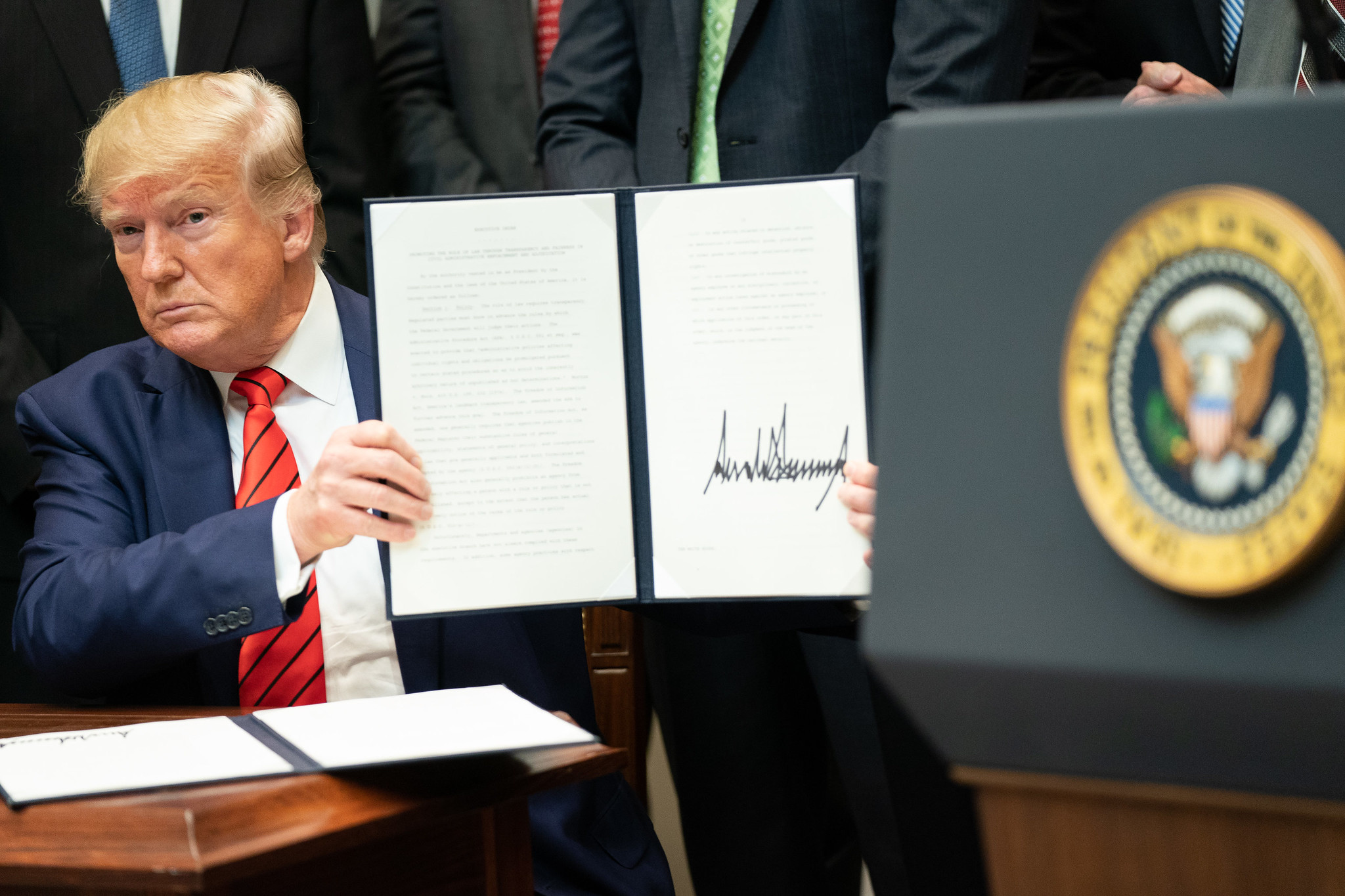Home: Scarcity keeps tin strapped to the roller coaster

(The opinions expressed here are those of the author, Andy Home, a columnist for Reuters.)
Another week, another wild ride on the tin roller coaster.
London Metal Exchange (LME) three-month tin hit an all-time high of $36,830 per tonne last Friday, slumped by 12% to $31,305 on Thursday and has whipsawed back to $34,290 this Friday afternoon.
[Click here for an interactive chart of tin prices]
It is still up by 61% on the start of the year, outpacing all the other LME base metals.
This has inevitably attracted the interest of funds and speculators, on both the London and Shanghai exchanges, which has exacerbated volatility in what is a small global market.
But tin is also displaying all the features of scarcity pricing with exchange stocks sitting at record lows and time-spreads super-stressed.
Some producers are still struggling to shake off the lingering effects of the pandemic, restricting supply just when the market needs it most.
Short-term relief is more likely to come from the demand side in the form of China’s power crunch, which is now rolling through the country’s manufacturing sector.
What is decidedly bad news for other metals may save the future day for tiny tin.
Can we get off yet?
The tin market has been wild since the start of the year. In London the benchmark cash-to-three-months spread exploded to a backwardation of $6,500 per tonne in February.
The cash premium has remained volatile ever since, flexing out to $2,500 at one stage on Thursday.
Time-spreads are driven by stocks’ availability and right now there are just 1,235 tonnes in the LME warehouse system, or an even more depleted 600 tonnes excluding metal earmarked for physical load-out.
the world’s major producers have struggled to respond with the global supply chain suffering long-covid symptoms
Stocks registered with the Shanghai Futures Exchange (ShFE), where the forward curve is also in steep backwardation, total just 1,272 tonnes. They were close to 9,000 tonnes as recently as March.
Between them the two exchanges hold the equivalent of around two days’ worth of global consumption, an extreme degree of scarcity both by historical standards and by comparison with any other metal.
Speculative flows have accentuated some of the wildness. Money managers lifted their collective LME net long position by 746 lots, equivalent to around 4,500 tonnes, as tin hit last week’s record highs. The unwind of some of that speculative length undoubtedly exacerbated Thursday’s whipsaw action.
In China, meanwhile, the ShFE hiked its intraday trading fees on the November tin contract effective Oct. 8, a sure sign that the exchange is concerned about speculative activity.
But there is no doubt that supply shortfall is the core driver of the current wildness. And while that remains the case, it’s hard to see the roller coaster ride ending any time soon.
Supply still stretched
Demand for tin has been booming thanks to a resurgent electronics sector.
Semiconductor sales, a useful proxy for tin usage in soldering, surged by 29% year-on-year in the second quarter of 2021, according to the Semiconductor Industry Association.
Quite evidently, the world’s major producers have struggled to respond with the global supply chain suffering long-covid symptoms.
Malaysia’s MSC is currently operating its main smelter at 80% staffing levels due to a third wave of the pandemic, as reported by Fastmarkets. The company’s force majeure, down to both covid-19 and furnace problems, remains in place.
Indonesia’s PT Timah is trying to catch up from the first half of the year, when production slumped by 57% due to lockdowns. Its guidance for full-year output is unchanged at 30,000 tonnes.
Indonesian exports hit a year-to-date high of 7,500 tonnes in August but the cumulative January-August tally of 46,550 tonnes was still up by only 5% on the same period of last year and by just 2% on pre-pandemic 2019.
China has lifted its exports to help fill the gap to the tune of 11,500 tonnes in January-August but outbound flows noticeably dropped to a six-month low of 788 tonnes in August itself and Chinese stocks now look as depleted as those in the West.
Given such a stuttering supply response, there is a consensus among analysts that tin is heading for another year of supply deficit. The only question is how big it will be.
Rebalancing the market
All of this is hard-wired into the record high price and accentuated level of price volatility.
Some alleviation of global supply-chain stresses is set to come in the unlikely form of China’s power crunch.
While power rationing earlier this year impacted tin producers, the current round of cuts is focused on provinces such as Guangdong and Jiangsu, major centres of tin demand.
Soldering, tin-plating and tin chemical plants have been required to reduce operating rates, drastically in the case of Jiangsu, according to the International Tin Association.
“With the focus of the measures more on tin demand than supply, the tightness in the Chinese market could ease considerably,” it said.
Frankly, the tin market could do with a breather, not just for those currently trying to ride the roller coaster but also in terms of future demand.
The combination of record high prices and price volatility is any metal user’s worst nightmare. Tin buyers have faced both and record physical delivery premiums for most of this year and it’s not going to persuade them to use more of the stuff.
The threat is spelt out by analysts at Macquarie Bank, who forecast persistent supply deficits through 2026 with off-exchange inventory “also likely to reach critical levels over the coming years.”
Sustainable supply-demand equilibrium in the tin market will only be achieved “by delivering progressive demand destruction or unearthing currently unaccounted for sources of supply growth,” the bank says.
A bit of short-term mandatory demand destruction in the form of power cuts in China may actually be in tin’s long-term interest. And, given no circuit-board currently operates without tin, they may be in everyone’s interest.
(Editing by Susan Fenton)
More News
South32 breaks ground on remote operating center at Hermosa project in Arizona
April 24, 2025 | 04:20 pm
{{ commodity.name }}
{{ post.title }}
{{ post.date }}




Comments